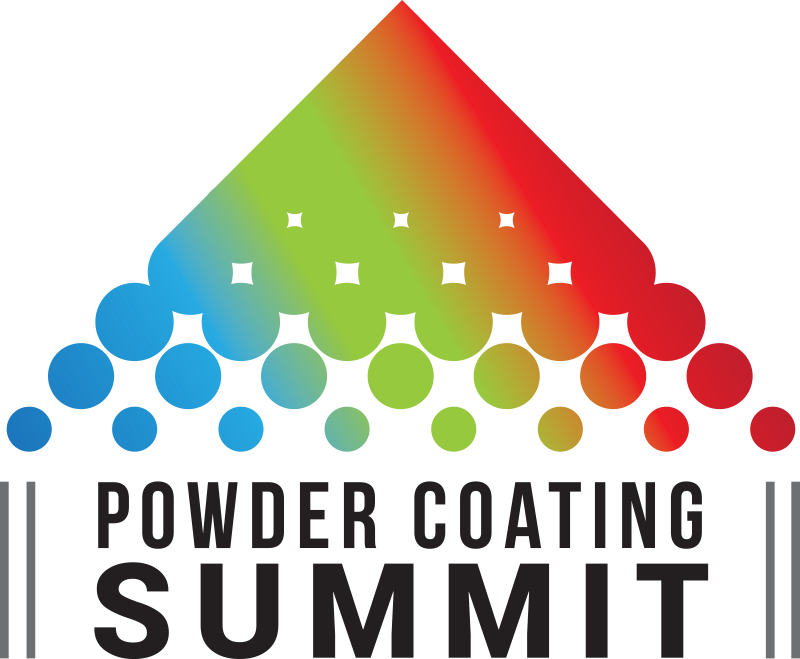Four Generations of Nondestructive Testing for Lifetime Coatings

In the fall of 1992, I applied a black-light-active coating to a piece of farm equipment. Working with the University of Missouri-Rolla and Ciba-Geigy Basel, Switzerland, we developed a fluorescent coating to reduce premature coating failures from misapplication. Since 1993, I have researched four additional generations for this technology.
First Generation
The use of commercially available fluorescent compounds and black light inspection lamps to improve defect detection for protective coatings.
Second Generation
Improved black light inspection lamps based on LED solid-state design to enhance the quality and range for fluorescent coating inspections.
Third Generation
The combination of LED black lights and fluorescence compounds with specially formulated coatings to maximize effects for coating inspections.
Fourth Generation
The combination of LED black lights, special-purpose coatings, and refined luminescent compounds to replace reactive and preventive maintenance practices for next-generation maintenance support, including predictive and prescriptive programs. An added feature is root cause analysis. This allows maintenance personnel to identify excessive wear sites and initiate material modifications or design changes to improve maintenance operations.
Fifth Generation
Research in post-application cleaning and nano-coating surface modification to reduce the impact of sunlight, weathering, abrasion, chemical, and biological attack on coating life.
Conclusion
The goal of Lifetime Coating Systems (LCS) maintenance programs is to prepare the coatings industry for the economic and environmental challenges of the 21st century and beyond.
Note: As long as a painted surface is available for coating inspections and repairs, absolute corrosion prevention is possible.
